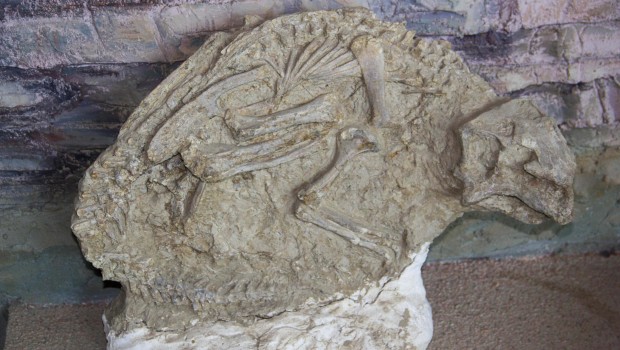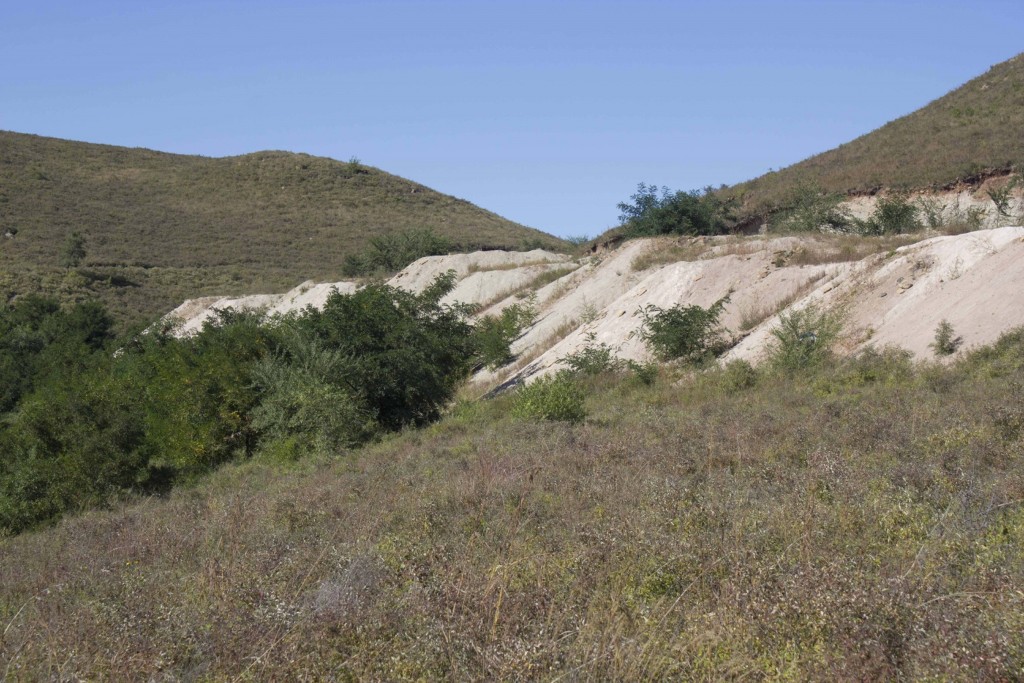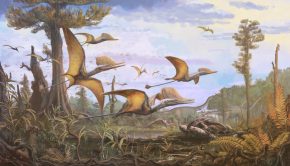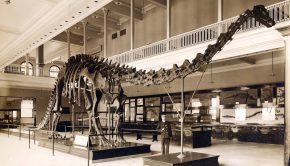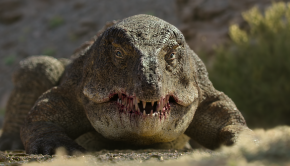Death and burial of dinosaurs in China
A new study has re-interpreted the well known Chinese fossil site of Lujiatun, looking at the geology and palaeontology of the area to give rise to a new interpretation of this deposit.
We got in touch with lead author Chris Rogers about the project: “New geological fieldwork in China has changed our understanding of a famous dinosaur fossil site. Up to now, the site at Lujiatun, in Liaoning Province, northeast China, was called the ‘Chinese Pompeii’ because it was assumed the animals had been killed by volcanic gases and buried at the same time under clouds of ash from erupting volcanoes. Most of the fossils found in the Lujiatun beds are preserved complete and fully articulated. The most common dinosaur found in the beds around Lujiatun is the dog sized Ceratopsian Psittacosaurus, but other taxa such as lizards, mammals and the dinosaur Mei long the sleeping dragon, have also been found. Both isolated individuals and clusters of Psittacosaurus, around 5-6 juveniles have been uncovered as if they had become buried together.
Many of the fossils from the Lujiatun beds are found by local farmers who do not record the location or stratigraphic horizon of their finds, this is a major problem in understanding how these animals died and became entombed in these sediments. Without stratigraphic information of the fossils in the field, it’s impossible to accurately establish a mode of death for these animals. Once we established proper placement of these fossils in the sedimentary sequence it became clear that not only were the fossils found in multiple horizons, but also the sediments they were buried in were formed of remobilised volcanic ash redeposited by water and not by volcaniclastic flows. Whilst it is difficult to distinguish the water-carried ash from air fall ash, detailed study of the rocks in the field and microscopic sections showed the characteristic evidence.”
Professor Mike Benton, co-author on the paper added “This was a fascinating project. It was a privilege to be able to explore remote parts of China, and to work with colleagues in Beijing to follow up this piece of detective work.”
http://www.sciencedirect.com/science/article/pii/S0031018215001686

